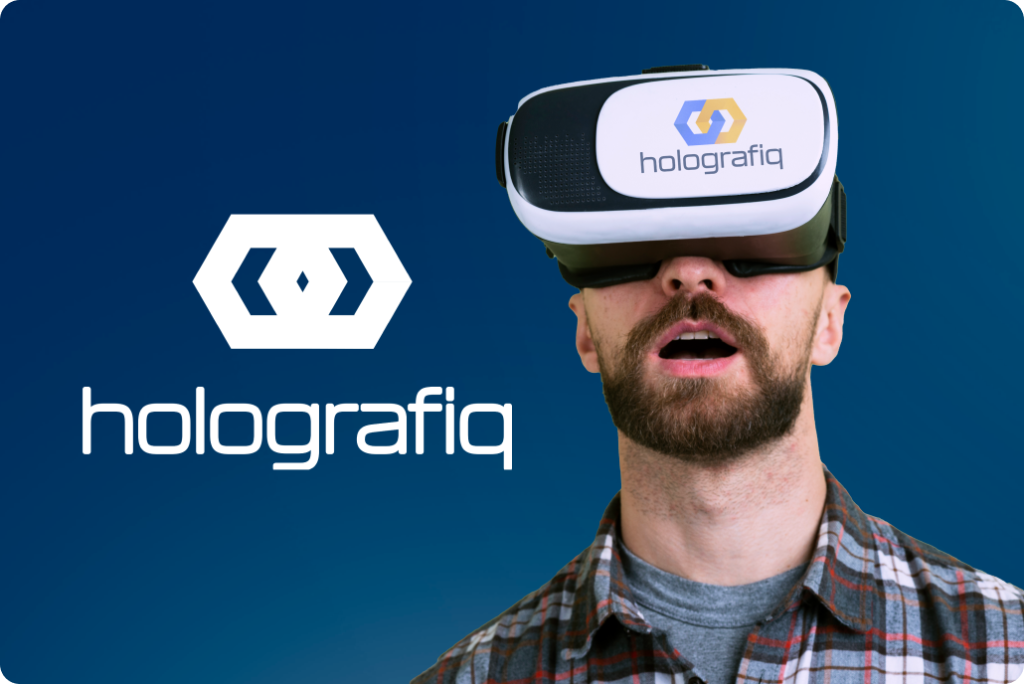From Star Trek’s Holodeck to Today’s VR
Welcome aboard, sci-fi aficionados and curious minds! Today, we’re embarking on a journey inspired by the fantastical realms of “Star Trek” and extending into the actual science behind holography. Remember the Holodeck? That magical room where you could sip tea in Victorian London one moment and dodge phaser fire the next? Well, let’s dive into how close we are to turning that sci-fi staple into science fact.
My first run-in with the concept of holography wasn’t through a dusty old textbook, but through the shiny corridors of the USS Enterprise. Imagine a room where you can touch, taste, and smell everything, yet nothing is real—well, physically, at least. Between the faster-than-light (FTL) drives and replicators whipping up Earl Grey tea out of thin air, holography might not seem as flashy, but it’s still mind-blowing!
Now, let’s get a bit technical (but keep it light!). While we’re not yet dodging holographic blows to the head, the principles of holography are grounded in real physics. It’s all about manipulating light and creating images so lifelike that you forget they’re illusions. And while we might not be able to feast on a holographic turkey just yet, current 3D VR and XR technologies are nibbling at the edges of this technology.
So, what do we have that’s closest to a Holodeck? Enter VR and XR. Sure, they might not offer the full sensory overload yet, but they’re impressive in their own right. They allow architects to walk through buildings still in the design phase and doctors to perform surgeries from across the globe. It’s like having a Holodeck, but in beta.
Looking forward, the leap from VR to a full-fledged Holodeck might seem monumental, but it’s not outside the realm of possibility. Advances in quantum computing, material science, and artificial intelligence could one day allow us to simulate realities indistinguishable from our own. Imagine experiencing the twin sunsets of Tatooine or the fiery dance of nuclear fusion within the sun—all from the comfort of your living room.
While we’re bound by the laws of physics (for now), the future holds limitless possibilities. Star Trek has inspired generations to turn science fiction into science fact. So, who knows? Maybe one day, we’ll step into a Holodeck and ask ourselves, “Is this the real life? Is this just fantasy?” Until then, we’ll keep pushing the boundaries, one photon at a time.
Dreaming of your own Holodeck adventure? Drop a comment below and let us know what virtual world you’d dive into. Or better yet, share this post with your fellow Trekkies and physics enthusiasts. Let’s keep the conversation going, warp speed ahead!

Universal Compatibility

Wear What You Want: Our platform supports all major VR glasses. Whether you own the latest model or stick with your tried-and-true headset, you’re ready to step into our immersive environments without any extra equipment.
Top-Tier Tech at Your Doorstep: We’re committed to providing state-of-the-art hardware that pushes the boundaries of what’s possible. Our advanced delivery system ensures that you have the best-in-class technology right when you need it, ensuring a seamless integration into the future of digital interaction.
